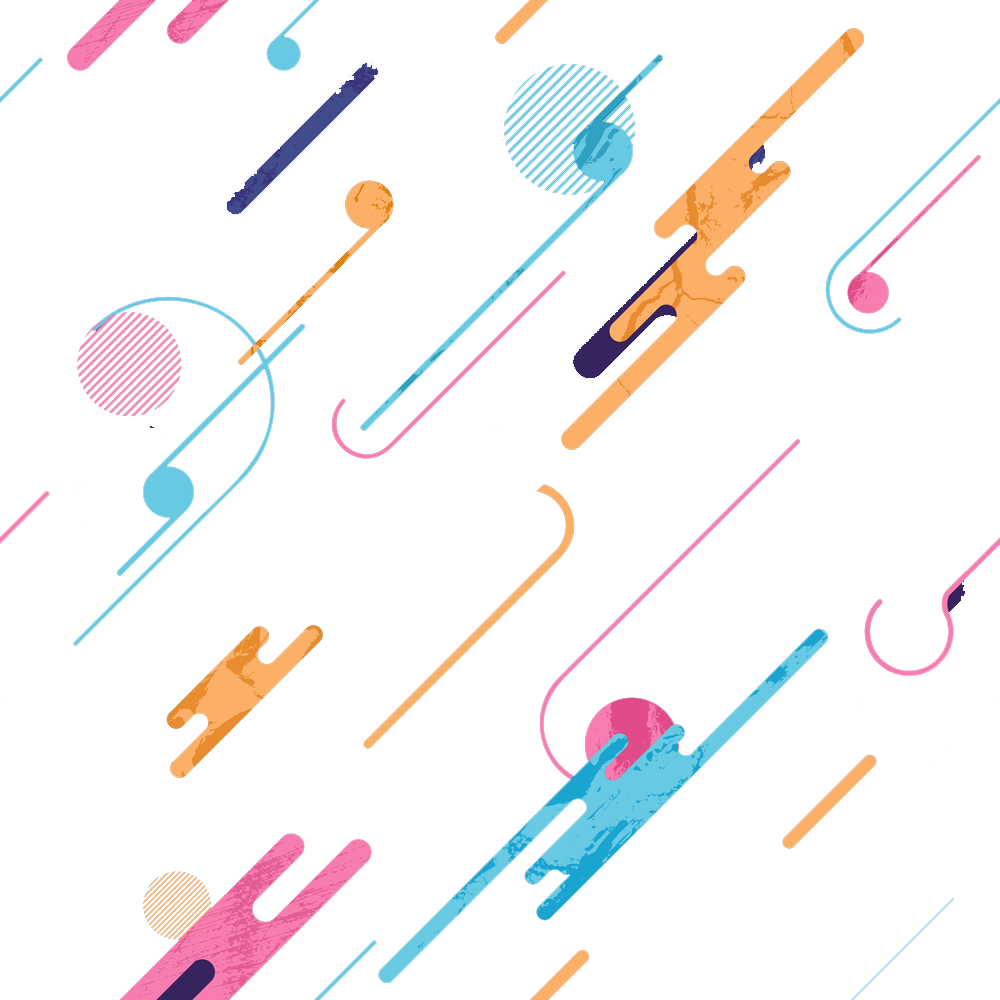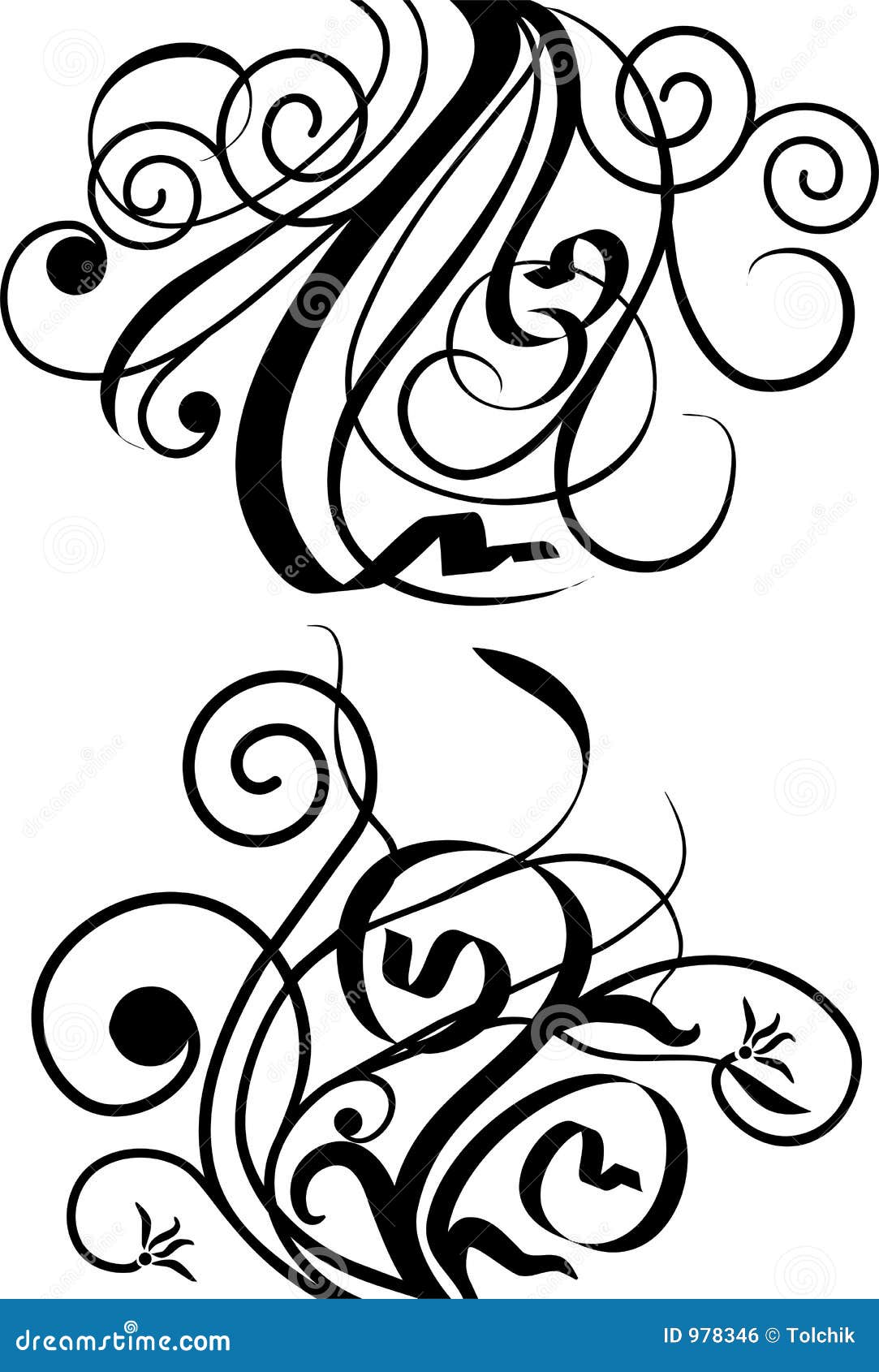Table Of Content
These principles help designers create aesthetically pleasing, balanced, and effective designs. Graphic designs have various elements that designers must understand well to create visually pleasing digital graphics. Color, shape, and form are popular design elements you are familiar with, but other elements are just as important. The elements of design refer to a set of particular guidelines for graphic designers or artists. Design elements are the basic unit of painting, design, drawing, or any other visual piece coming into existence.
Literature on design principles
The digital design feels lively, as though dancing or vibing to its virtual music. These are the principles of design to enhance your creative genius. This image is a great example of form because we can still see that it's made up of shapes; only some have shadows and texture, which gives them form. Add real tactile texture to your design by embossing a texture to paper. This way, you have the chance to create a memorable piece that will certainly stand out from the crowd. Stylistically, it is not ideal to blend multiple textures in a design (unless necessary) as it can be overwhelming for the viewer.
Movement
When you apply them, you can predict how users will likely react to your design. “KISS” (“Keep It Simple Stupid”) is an example of a principle where you design for non-experts and therefore minimize any confusion your users may experience. We employ them to divide up rooms, define the shape of objects, highlight specific features, and so on.
Laws of Proximity, Uniform Connectedness, and Continuation – Gestalt Principles (Part
When designing something, you can take advantage of certain elements to control how the human eye travels over a design. You know how sometimes you look at a design, whether it’s a poster or a banner ad, and everything feels right about it? The use of a font or a background image that mimics a particular texture is going to help you create a memorable design. Texture refers to the surface quality of a design, which can be smooth, rough, glossy, etc. Scale refers to the size of an element in relation to another one, and it can help bring balance, proportion, and hierarchy in any design.
Hick’s Law: Making the choice easier for users
It brings together lines, shapes, forms, values, and many of the principles we've already discussed. Picasso's work used a lot of rhythm, and other artists with a distinct brand or feel are quite rhythmic. This is where certain elements guide the viewer's eye through a planned sequence of elements. They can bridge connections to form other elements like lines but can also be used alone to create patterns and texture. In this course, we showed you the basic elements you need to build up your design. These building blocks are essential to understand in order to create a successful design piece.
Eye-Catching Fonts to Grab Attention on Your YouTube Thumbnails (
It can also use the other elements to create the illusion of added information, which tricks the eye into thinking something is there. In this course, we’ll dive into the seven elements of design that can help you improve your content creation skills and ability to communicate through design. Don’t forget to follow this series on the principles of design to learn how to successfully arrange the basic elements of design we learn today. With the elements of visual design and design principles in mind, we will analyse a few websites to see how they come together, and why the designs work. Balance can be achieved by having symmetry in the design (for instance, having a webpage with centralised text and images). However, you can also achieve balance without symmetry — perhaps unsurprisingly, this is known as asymmetrical balance.
A closer look at Gaultier's Fifth Element costume design - Dazed
A closer look at Gaultier's Fifth Element costume design.
Posted: Mon, 01 May 2017 07:00:00 GMT [source]
When elements are aligned, they create a visual connection with each other that communicates a story. In a previous post, we discussed Visual Communication as an effective tool in conveying the company message and corporate mission. Today, we show you how to be more effective in creating visual content that is both appealing and informative.
Color effectively contributes to the unity of a series of flyers and puts emphasis on the pertinent information that is conveyed by the other visual elements. Design principles are guidelines, biases and design considerations that designers apply with discretion. Unlike natural patterns, geometric patterns are also popular among designers. Using patterns gives your brand the edge to use them in more applications and backdrops and even form a design motif that can become a centerpiece at events. White space is also called negative space, as it isn’t always white. It is defined as the blank space deliberately left between objects in a design for aesthetic purposes.
If you want to output your design as a printed piece, you need to use the CMYK system. This subtractive system stands for cyan, magenta, yellow, and black (key). CMYK reduces the light that would be reflected on a white background to create color. It is extremely important to start a file using the right color system. Converting colors between the systems can result in muted and inaccurate colors. The colors are produced by adding primary colors together to create various combinations.
When we’re designing websites, we can make use of a grid for achieving a sense of unity, since elements organised in a grid will follow an orderly arrangement. We do need, however, to introduce some variety in our work in order to strike a balance between a boring and a chaotic design. Texture can be created by a repeated pattern of lines, or by using tiled images of textures.
White space works well in corporate communication and aesthetic designs created for special occasions. The lesser the matter, the more premium a piece of content is perceived to be. One can also use negative spaces innovatively to say more while saying nothing. Some designs use guidelines to create a path users can follow to take in information sequentially, just as the content creator has planned. Pick the best color combinations that fit the mood of a design and pair them judiciously with hues that act as a contrast.
Use white space in advertising to avoid intricate and complex visuals for a more accessible design keeping the focus on the product. Drawing a line with your pencil is how you get started with a painting or sketch and in graphic design any points that are connected form a line. This is also called an actual line while the edge between two shapes forms an implied line.

In web and graphic design, textures are used to create a sense of realism and add weight to flat visuals. In interior design, physical textures—from smooth and glossy to rough and matte—impact the room's mood and comfort level. This comprehensive guide will delve into the essential elements of design, offering insights and practical advice to both budding and experienced designers. Discover the foundational elements of design in this guide, exploring how line, shape, color, and more combine to create compelling designs.
This palpable feeling in a visual is the work of movement, a principle of design that uses contrasting elements to emphasize invisible moving parts in an image. If you look at a design piece, the negative space is the area that is not occupied by any elements. For instance, abundant negative space in a layout results in an open, airy, and light background.

Designers can create movement through lines, shapes, colors, and the arrangement of objects, effectively directing the viewer’s attention where it’s needed most. Contrast is the use of opposing elements, such as light vs. dark colors, smooth vs. rough textures, or large vs. small shapes, to highlight differences and create visual interest. It is a powerful tool for drawing the viewer's attention to specific parts of a design. In graphic design, white space (a form of negative space) is strategically used to improve readability and highlight important information. Additionally, in both digital and physical design, white space is essential for creating breathing room and focus, allowing the viewer's eye to rest and navigate the design with ease. Negative space refers to the area surrounding the design elements that forms an interesting shape to enhance the design.
Most designers prefer experimenting with asymmetry due to its eye-catching effect and the contrast it creates. Use visual hierarchy in your marketing materials to make it easier for your target audience to scan your content and determine what’s important to them easily. Keep this in mind for your website to draw the eyes of site visitors to the most important information and calls to action. Use texture to create a focal point, contrast, or help with balance. Replicate a natural environment through texture to craft a more three-dimensional appearance.

No comments:
Post a Comment